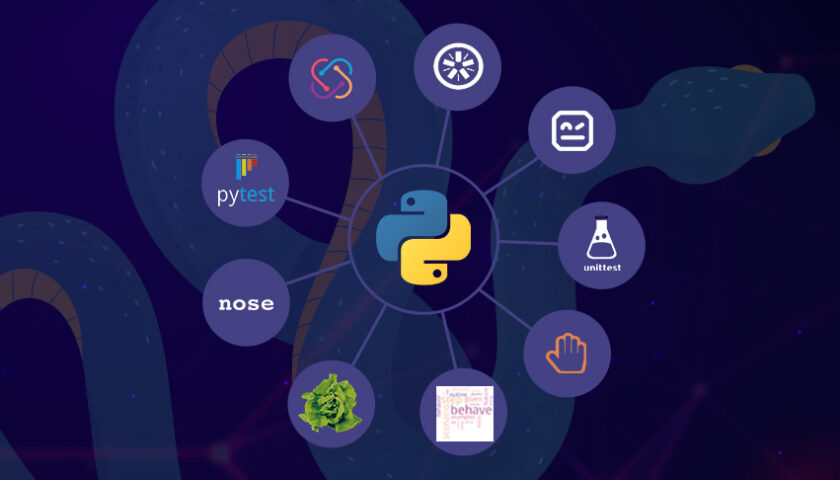Description
Introduction of Usability Testing for UI/UX
Usability testing is a critical process in UI/UX design, ensuring that digital products meet user expectations and provide seamless experiences. This course delves into the principles, methodologies, and tools for conducting effective usability tests. You will learn to identify user pain points, gather actionable insights, and enhance design decisions to create user-centric interfaces that drive engagement and satisfaction.
Prerequisites
- Basic understanding of UI/UX design principles.
- Familiarity with wireframing and prototyping tools like Figma, Sketch, or Adobe XD.
- Experience with user research techniques is a plus but not required.
Table of Contents
- Introduction to Usability Testing
1.1 What is Usability Testing?
1.2 Importance of Usability in UI/UX Design
1.3 Goals and Outcomes of Usability Testing - Types of Usability Testing
2.1 Moderated vs. Unmoderated Testing
2.2 Remote vs. In-person Testing
2.3 Qualitative vs. Quantitative Testing - Planning for Usability Testing
3.1 Setting Clear Objectives
3.2 Identifying Target Users and Personas
3.3 Designing Effective Test Scenarios and Tasks - Conducting Usability Tests
4.1 Recruiting Participants
4.2 Preparing the Testing Environment
4.3 Facilitating User Sessions Effectively - Tools and Platforms for Usability Testing
5.1 Overview of Popular Usability Testing Tools
5.2 Using Remote Testing Platforms
5.3 Analytics and Heatmaps for Usability Insights - Analyzing Usability Test Results
6.1 Gathering and Organizing Feedback(Ref: Automated UI/UX Testing: Tools and Techniques)
6.2 Identifying Patterns and Trends
6.3 Turning Insights into Actionable Recommendations - Iterating on UI/UX Designs
7.1 Prioritizing Design Improvements
7.2 Testing Revised Prototypes
7.3 Ensuring Continuous Feedback Loops - Advanced Techniques in Usability Testing
8.1 A/B Testing for UI/UX Decisions
8.2 Eye-tracking and Biometric Analysis
8.3 Testing Accessibility and Inclusive Design - Usability Testing Case Studies
9.1 Redesigning an E-commerce Platform for Better Usability
9.2 Usability Testing in Mobile App Development
9.3 Real-world Examples of Usability-driven Success - Best Practices and Common Pitfalls
10.1 Establishing a User-centric Culture
10.2 Avoiding Bias in Usability Testing
10.3 Ensuring Scalability in Testing Processes
Conclusion
Mastering usability testing is a cornerstone of creating exceptional UI/UX designs. By completing this course, you will gain the expertise to design and execute usability tests that provide meaningful insights, refine user experiences, and boost the effectiveness of your digital products. Whether working on web platforms, mobile apps, or software interfaces, usability testing empowers designers and developers to craft products that delight and engage users.







Reviews
There are no reviews yet.